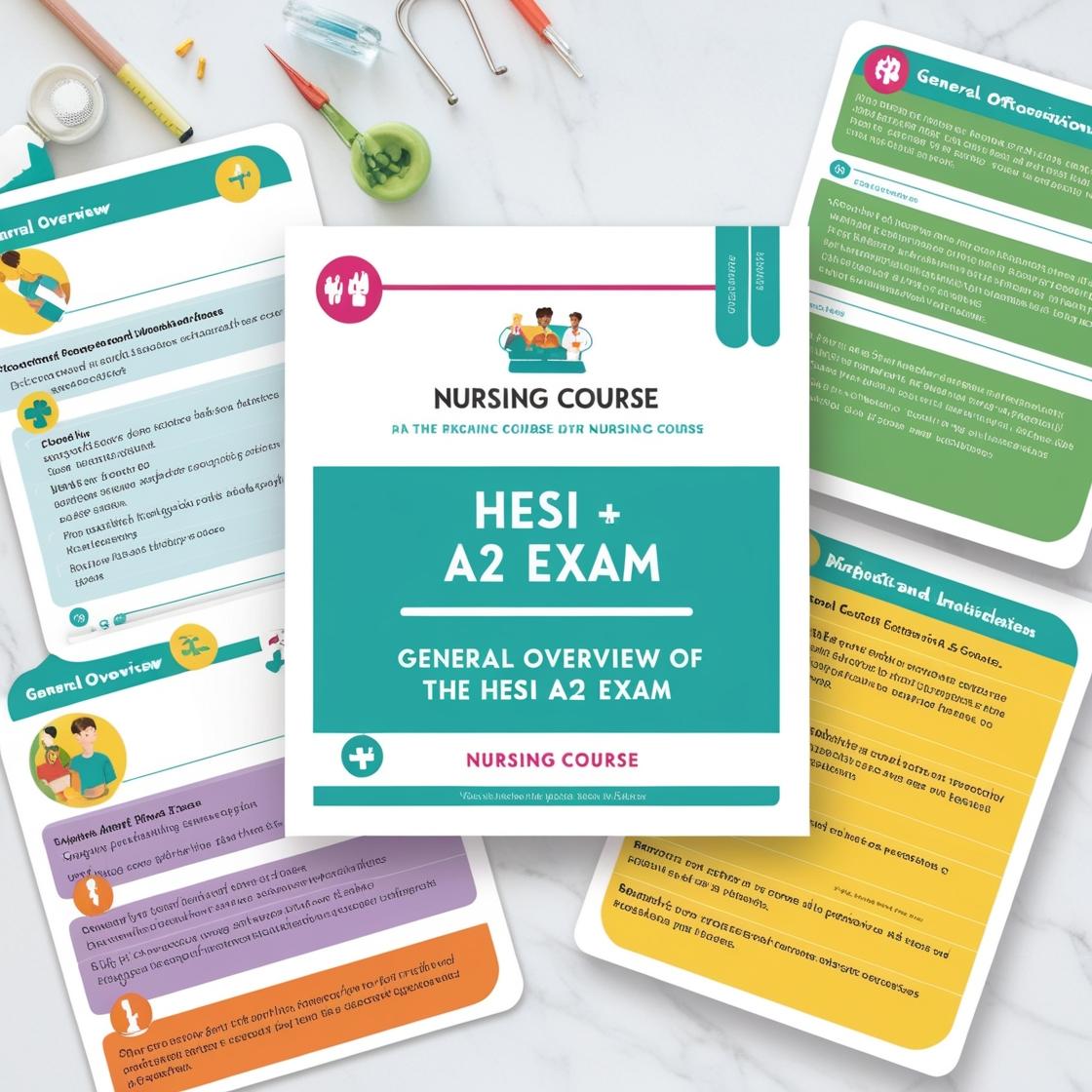HESI A2
HESI A2 Math Portion
1. Multiply: 22 × 75 = and express the answer in decimal form.
- A. 0.00165
- B. 0.0165
- C. 0.165
- D. 16.5
Correct answer: D
Rationale: The correct answer is D: 16.5. To find the product of 22 and 75, you multiply the two numbers together. Therefore, 22 × 75 = 1650, which is correctly represented as 16.5 in decimal form. Choices A, B, and C are incorrect as they do not reflect the correct decimal form of the product of 22 and 75. Choice A, 0.00165, is incorrect as it is a very small value that does not match the result of multiplying 22 and 75. Choice B, 0.0165, is also incorrect as it is one tenth of the correct answer. Choice C, 0.165, is incorrect as it is one hundredth of the correct answer. Therefore, the only correct representation in decimal form for the product of 22 and 75 is 16.5.
2. How many kilometers are there in 12 miles?
- A. 7.5 kilometers
- B. 13.2 kilometers
- C. 19.2 kilometers
- D. 22 kilometers
Correct answer: C
Rationale: To convert miles to kilometers, you can use the conversion factor of 1 mile is equal to 1.609 kilometers. Therefore, to find the number of kilometers in 12 miles, you can multiply 12 miles by 1.609 to get 19.2 kilometers. The correct answer is 19.2 kilometers, making choice C the correct option. Choice A (7.5 kilometers) is incorrect because it represents half the correct conversion. Choice B (13.2 kilometers) is incorrect as it does not apply the correct conversion factor. Choice D (22 kilometers) is incorrect and represents an incorrect conversion calculation.
3. Convert this military time to regular time: 2120 hours.
- A. 9:20 A.M.
- B. 9:20 P.M.
- C. 2:12 A.M.
- D. 2:12 P.M.
Correct answer: B
Rationale: To convert military time to regular time, subtract 12 from the hours if the time is in the afternoon or evening. In this case, 21 - 12 = 9, so 2120 hours is equivalent to 9:20 P.M. Therefore, the correct answer is option B, 9:20 P.M. Choices A, C, and D are incorrect because they do not correctly adjust the military time to regular time format. Choice A shows 9:20 A.M., which is incorrect as the time is in the evening. Choices C and D show times that are not derived from the given military time, making them incorrect as well.
4. Bai Lin estimates that of her monthly paycheck, she puts 10% in savings and spends 30% on living expenses. If she has $1,545 left after that, how much is her monthly paycheck?
- A. $2,175
- B. $2,250
- C. $2,575
- D. $2,650
Correct answer: C
Rationale: Let X be Bai Lin's monthly paycheck. From the given information, she puts 10% of X in savings and spends 30% on living expenses. This means she retains 60% (100% - 10% - 30%) of her paycheck, which equals $1,545. Therefore, 60% of X is $1,545. To find X, we divide $1,545 by 60% (or 0.60), which gives us X = $2,575. Hence, Bai Lin's monthly paycheck is $2,575. Therefore, the correct answer is $2,575. Choices A, B, and D are incorrect because they do not match the calculated monthly paycheck based on the given percentages and remaining amount.
5. Write the date 1776 in Roman numerals.
- A. MDCCLXXVI
- B. MDDLXXI
- C. MCCDLXVI
- D. MCMLXXVI
Correct answer: A
Rationale: In Roman numerals, 1776 is correctly written as MDCCLXXVI. Here's the breakdown: M (1000) + D (500) + CCC (300) + L (50) + XX (20) + VI (6) = 1776. Therefore, the correct Roman numeral representation of the date 1776 is MDCCLXXVI. Choice A is correct because it follows the correct Roman numeral rules for representing 1776. Choices B, C, and D are incorrect as they do not add up to 1776 according to Roman numeral conventions.
Similar Questions

Access More Features
HESI A2 Basic
$89/ 30 days
- 3,000 Questions with answers
- 30 days access @ $89
HESI A2 Premium
$129.99/ 90 days
- Actual HESI A 2 Questions
- 3,000 questions with answers
- 90 days access @ $129.99
